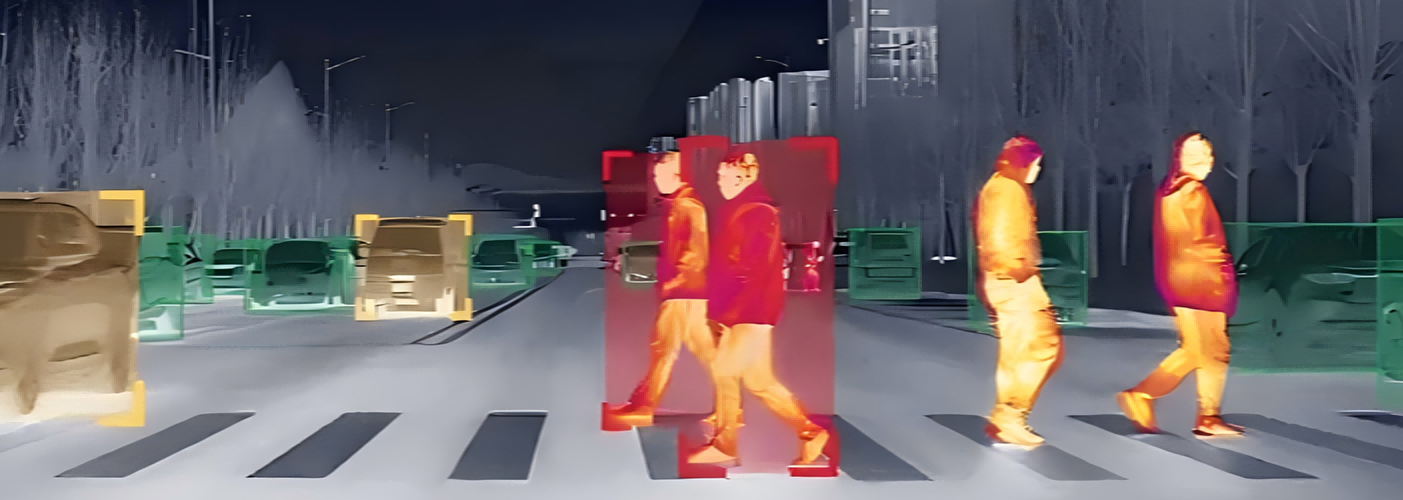Applications of Short-Wave Infrared (SWIR) Cameras
The core application scenarios of short-wave infrared (SWIR) cameras (typically operating at a wavelength of 0.9-2.5μm) revolve around three key capabilities: "penetrating partial obstructions, night imaging, and material differentiation". The specific scenarios are as follows:
1. Industrial Inspection and Quality Control
Material Defect Detection: Identifies internal defects in metals, semiconductors, and composite materials, such as cracks, bubbles, and delaminations. Examples include flaw detection in aero-engine blades and hidden crack inspection in photovoltaic silicon wafers.
Electronic Manufacturing: Inspects the quality of circuit board solder joints and chip packaging defects, or observes the internal heat generation and working status of equipment through its casing.
Product Sorting: Sorts mixed waste (e.g., plastic, metal, glass) based on the SWIR reflection characteristics of different materials, or screens agricultural products (e.g., distinguishing fruit ripeness and detecting internal rot).
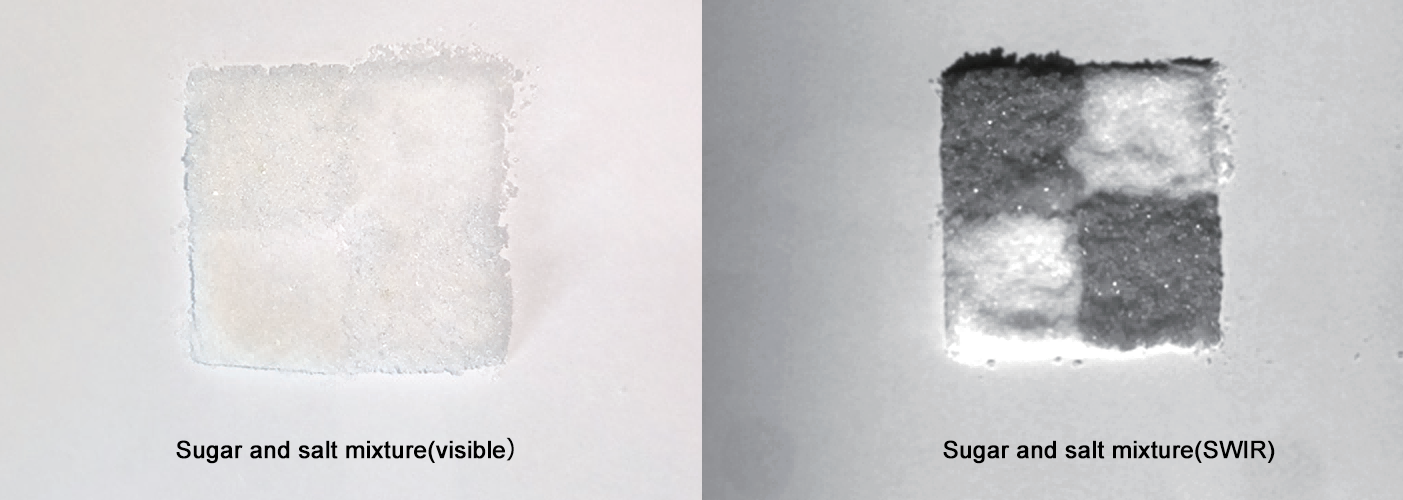
2. Security and Surveillance
Night and Harsh Environment Surveillance: Enables covert surveillance by utilizing weak SWIR radiation in the environment (e.g., moonlight, starlight) for imaging without the need for active illumination. It can penetrate haze and smoke, making it suitable for scenarios such as borders, oil fields, and large industrial parks.
Camouflage Identification: Distinguishes camouflage nets, camouflage uniforms from the natural environment (there is a significant difference in SWIR reflectivity between the two), and is used for military reconnaissance or security anti-concealment.
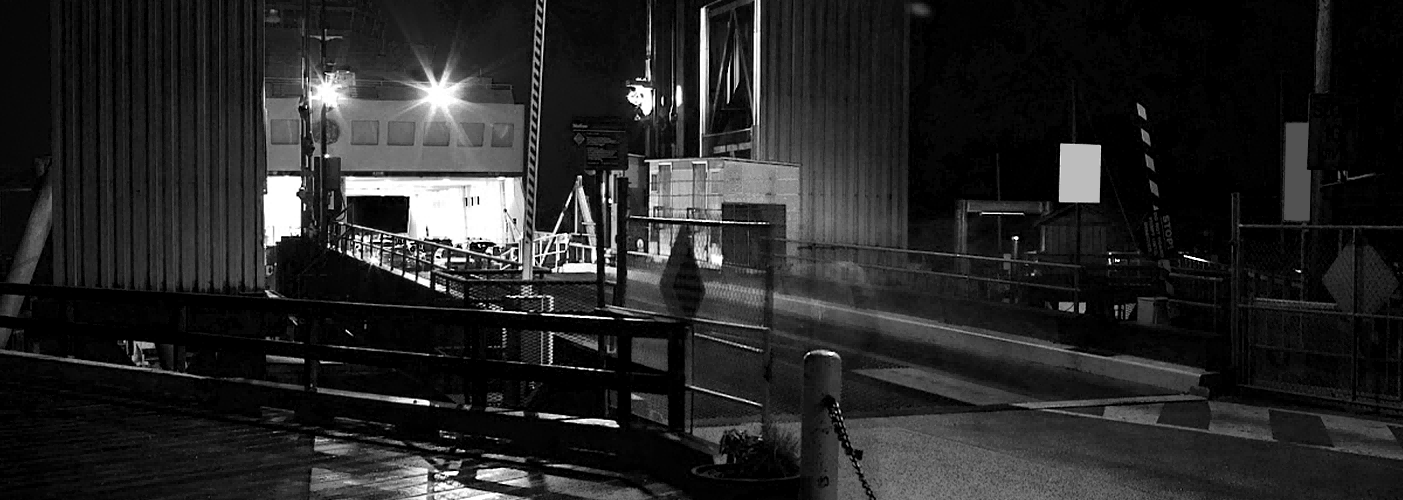
3. Aerospace and Remote Sensing
Remote Sensing Detection: Satellites or drones equipped with SWIR cameras monitor the health of surface vegetation (vegetation moisture content affects SWIR reflection), conduct geological exploration (identifying mineral types), and provide fire early warning (detecting weak thermal radiation and fire sources under smoke at an early stage).
Aerospace Vehicle Inspection: In the space environment, it observes the surface temperature distribution of aerospace vehicles, the status of solar panels, or monitors internal equipment through the cabin glass.
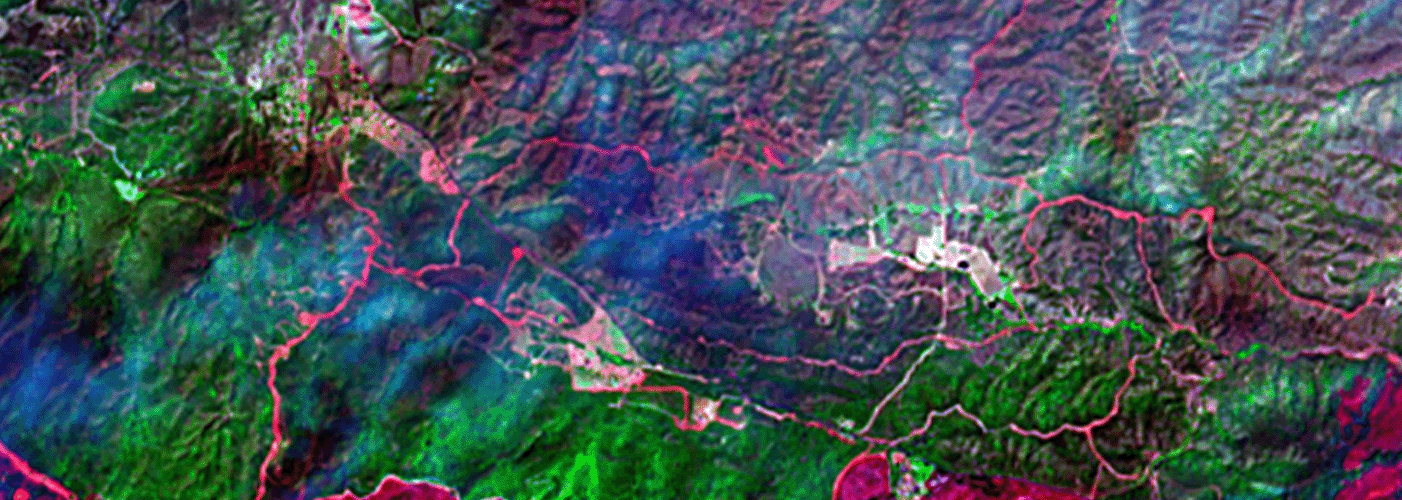
4. Scientific Research and Medical Care
Scientific Research: Used for biological tissue imaging (e.g., observing water transport in plant leaves and blood vessel distribution in animals) and cultural relic restoration (penetrating paint layers to identify the underdrawings of ancient paintings or the internal structure of cultural relics).
Medical Assistance: In some scenarios, it is used for superficial skin blood vessel imaging, detecting tissue edema, or assisting in identifying tiny blood vessels and nerves during surgery (requiring the use of specific contrast agents).
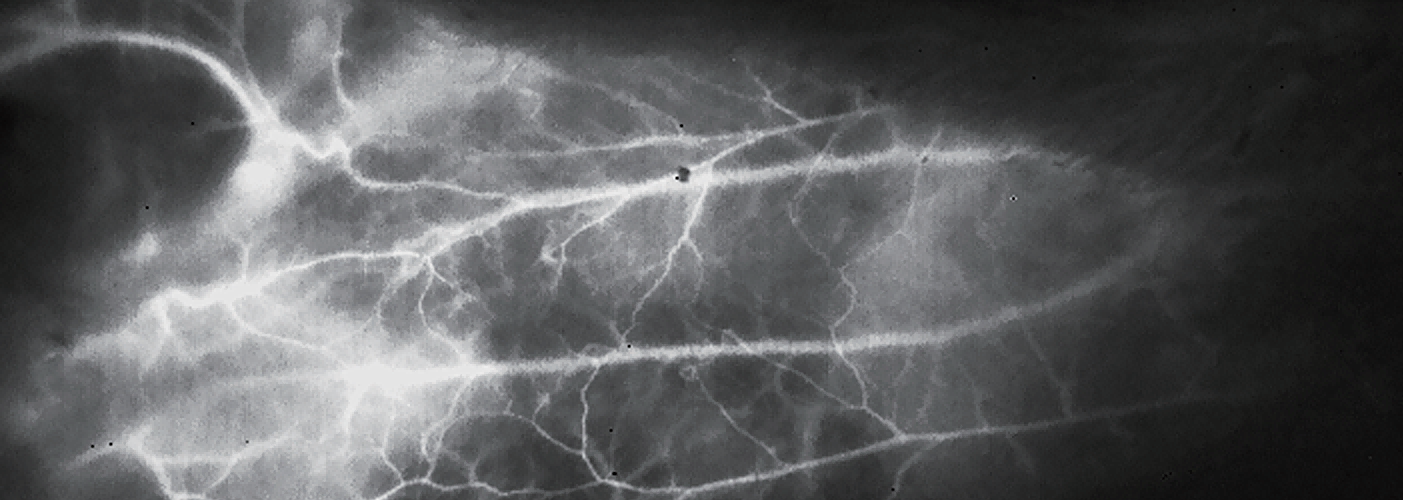
5. Other Special Scenarios
Automotive Assisted Driving: Improves the detection distance and accuracy of pedestrians and obstacles at night, in heavy rain, or haze, supplementing the limitations of visible light cameras.
Fire Rescue: Penetrates thick smoke to locate trapped people or the position of fire sources, assisting firefighters in operating in low-visibility environments.
